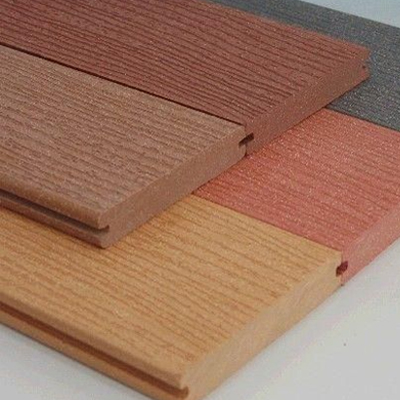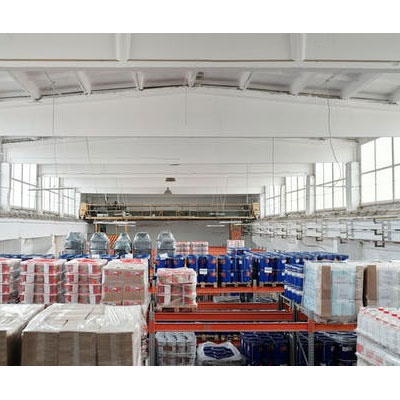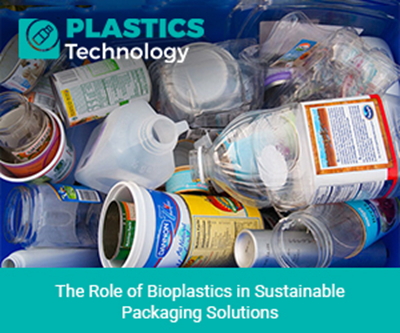Articles
Wood-plastic composite

Though not a recent phenomenon, wood-plastic composites is posing to be a much sought after and compelling realm within the plastics industry. Also, there is a continually maturing interest in the new design potentialities that this amalgamation of components used, has to offer. It is, at its heart, a composite made of wood fiber/wood flour and thermoplastics which includes PE,PP, PVC and the like.
Production
Wood Plastic Composites (WPCs), formed by carefully mixing ground wood particles and heated thermoplastic resin, may be derived from either virgin or recycled thermoplastics including HDPE, LDPE, PVC, PP, ABS, PS, and PLA.A typical procedure to arrive at the composite is to force out the material into the aspired shape. Injection molding is also used sometimes.
The usual WPCs are polythene based. However, usage of an assortment of additional components like colourants, coupling agents, UV stabilizers, blowing agents, foaming agents, lubricants and the like, aid in making the product custom built to achieve an intended application. Solid and hollow shapes are the fate of the ejected WPCs; an array of injection-molded parts are produced, too – from automotive door panels to cell phone covers.
Some manufacturing units prefer combining the constituents, process them in a pelletizing extruder and then go on to produce pellets of the same material. The pellets are then re-melted and formed into the ultimate shape. Many other manufacturers prefer to follow a single step of mixing and extrusion to arrive at the final product.
Chemical additives, that help integrate polymer and wood flour (powder) while easing ideal processing conditions, are not usually visible in the composite structures except when they are mineral fillers and pigments.
Uses
• in outdoor deck floors,
• for railings, • fences,
• landscaping timbers,
• cladding and siding,
• park benches,
• molding and trim,
• window and door frames, and
• In-door furniture.
• automotive components
Advantages
Non-corrosive
Resistant to rot, decay
Have great workability
Easy to shape with the usual tools
Sustainable because they may be made with recycled plastics and waste products of the wood industry
Better than wood because of its ability to be molded to any desired shape
Can be bent and fixed to form strong arches and curves
Does not need to be painted
Environment friendly Disadvantages
Lower tensile strength than wood, and they are vulnerable to time and temperature.
Susceptible to fungal attack, (but not as much as solid wood).
Vulnerable to UV degradation.
Probable that the strength and stiffness may be further reduced by moisture absorption and a cycle of freeze-thaw.
Some WPC formulations are also sensitive to staining from a variety of agents.
Requires less maintenance than solid wood alternatives.
Capped composites
The future of composites decking involves usage of a sturdy plastic cap that brings in some more protection. It alleviates staining, random fades and scratches which otherwise may be characteristic of first generation composite decking solutions. These are relatively cheaper than plastic decking because of the wood component in it. Newer technology continues to aid evolution in this area and as such newer materials are being used as capped composites bearing the same advantageous features. Fire hazards It is but true that fire hazards are a crucial element of such composites wherein the plastic component, bearing a lot of chemical heat can melt, compared to wood when used by itself .
Source: http://www.ktron.com/industries_served/plastics/woodplastic.cfm http://en.wikipedia.org/wiki/Wood-plastic_composite




